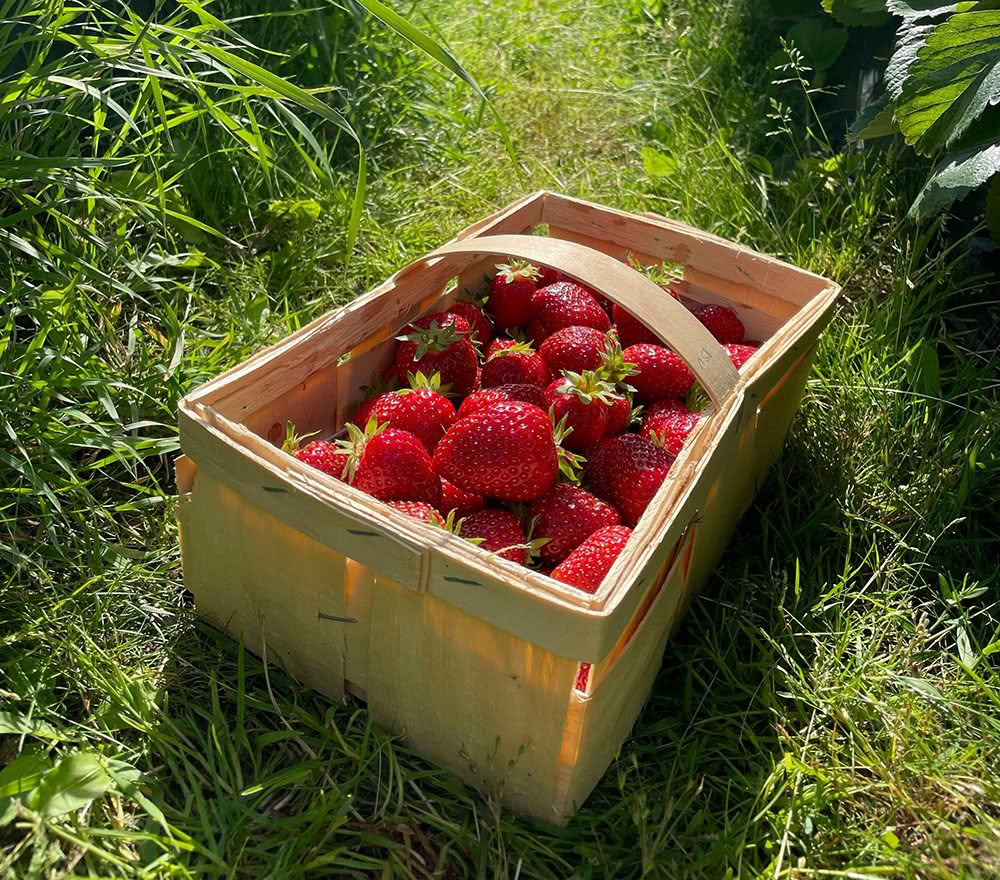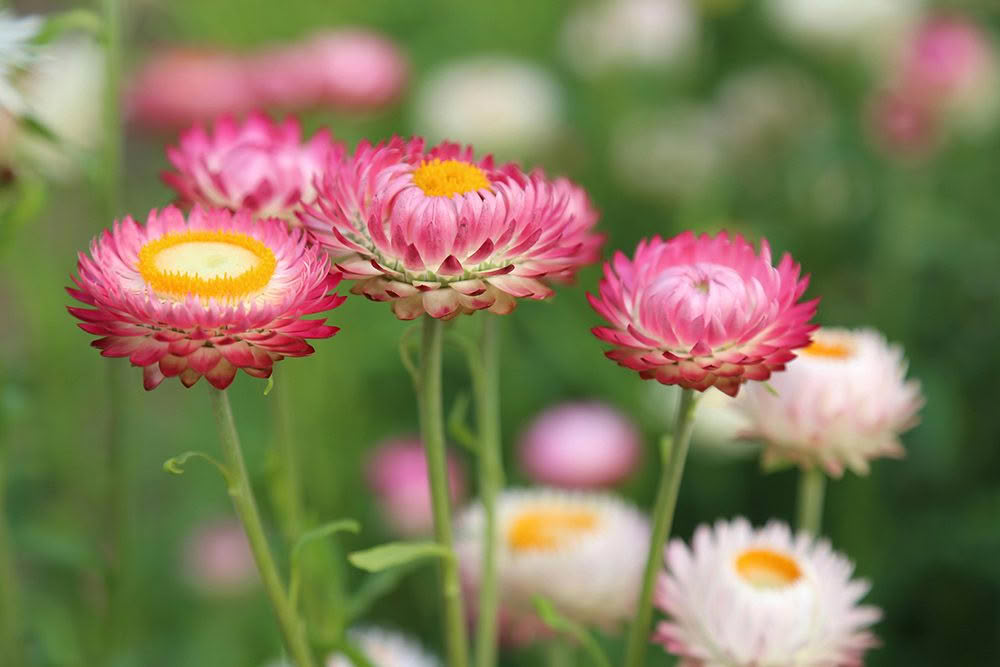Garden calendar – October and November
October and November are busy times in the garden with spring blooms making themselves known and lots to plant to ensure a continuous supply of florals and delicious edibles in the months ahead.

Fruit & Berries
October is a great time to plant blueberries and they are fun and easy to grow no matter how much space you have! They will thrive in a pot just as much as a vege patch.
Feeding is essential, so keep on top of your citrus, strawberries and fruit trees to ensure they are thriving and ready to produce some beautiful fruits for you.
Plant up pots with citrus and fertilise existing citrus plants.
As apple and pear trees start to blossom, it’s time to start spraying to control codling moth. For effective control, sprays need to be timed for when the moths are flying.
Strawberries like mulch such as lucerne, pea or woodchip straw, which helps keep the soil moist and the berries clean and up off the soil where they might rot.
Lawn
Spring is an ideal time to start a fresh new lawn – lawn seed is an economical way to do it.
Repair any bare spots in the first half of November and tidy up any broadleaf weeds (like dandelions, clover and thistles) growing in the lawn.

Vegetables
Dig compost into the soil before planting and put the stake in at the same time to save root damage later on. It also serves as a reminder to regularly tie them up.
Now is a great time to sow beans, beetroot, broccoli, cabbage, capsicum, carrot, cauliflower, celery, cucumber, endive, leek, lettuce, okra, parsnip, peas, pumpkin, radish, spring onion, sweet corn, tomato and zucchini.

Flowers
Now is the time to lightly prune your roses to remove old flowers and encourage more. Rose fertiliser should also be added.
How to attract more bees? Try planting: pineapple sage, bergamot, lemon balm, blue salvia, coreopsis, echinops, eryngium, gaillardia, alyssum and rosemary.
Popular flowers to sow now include alyssum, cornflower, cosmos, petunia, poppy, strawflower and sunflowers.
Pest control
The spring frenzy of fresh new leaf growth and flowers can attract a multitude of insect pests. Spray foliage thoroughly when insect pests are seen, including underneath the leaves where insects often hide.
Keep on top of the spread of pests and diseases by removing dead leaves and clippings from around the base of the plants.
Mint is a super helpful garden companion deterring moths, aphids, ants and rodents. But it is invasive so make sure to plant it in its own container.

